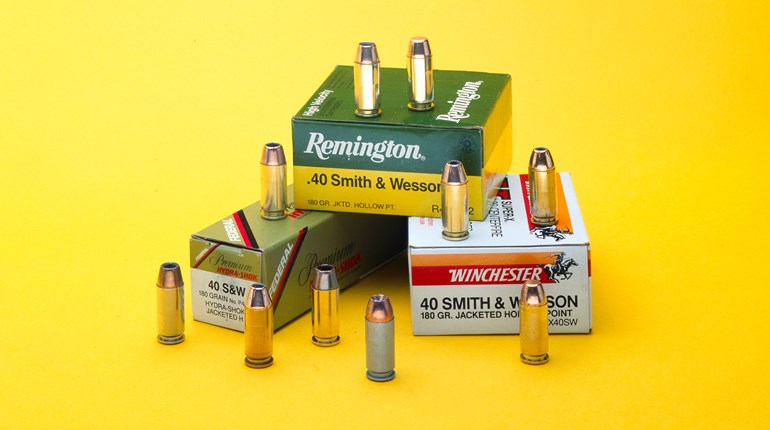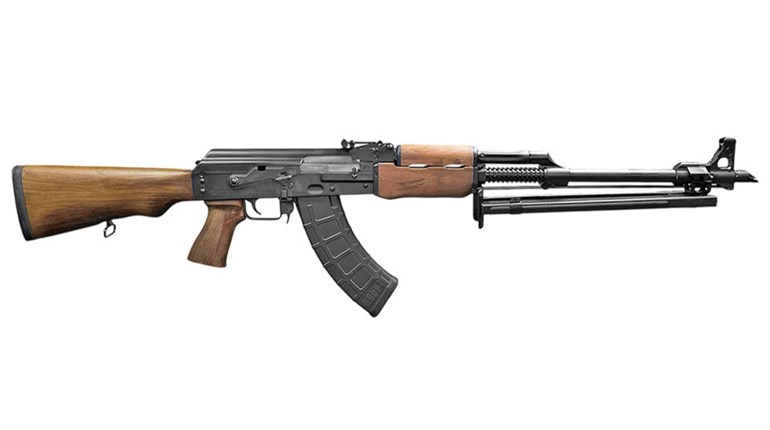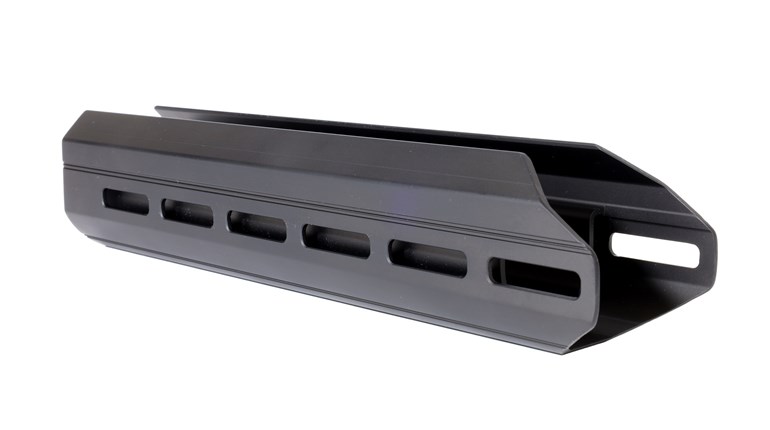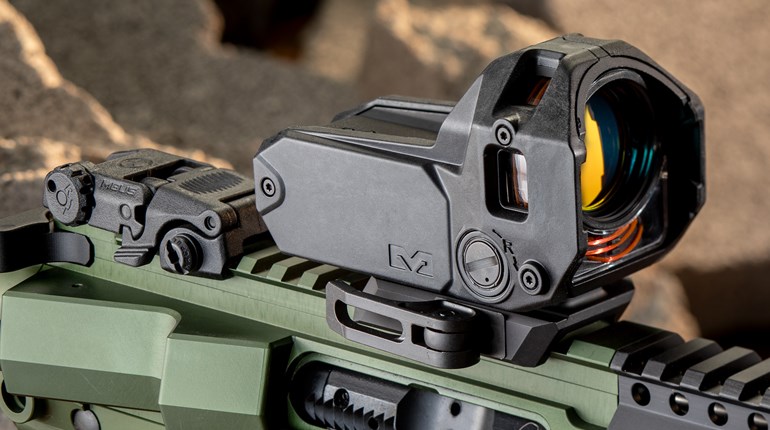
T/Sgt. John Chapman’s heroism during the battle of Takur Ghar was recorded by a Predator drone after he was left behind during a helicopter assault on al Qaeda positions. He fought—alone and wounded—against a superior force before making the ultimate sacrifice.
Battles and battlefields were easier to manage when they had only two dimensions—width and depth. Julius Caesar deployed his legions with no concern for threats from above. By today’s standards, he moved glacially, but as positively as George Patton’s 3rd Army relieving the Battle of the Bulge. Fighting is still grim business, but immeasurably more complex now than in centuries past. A huge reason for this is the discovery of the airfoil principle and the development of different kinds of aircraft. Bombers, which delivered massive amounts of high-explosive munitions to enemy targets, were the major strategic weapon of World War II. Transports, the airborne trucks of the big war, delivered men and materiel to worldwide locales where they were needed. And the fighters, those single-engine, single-seat powerhouses, initially existed to protect the bombers. The U.S. Air Force was a logical consequence of this aviation evolution, when it was created immediately after “The Big One.” In the decades following, many new and different uses for warplanes have evolved. The skies above today’s tactical battlefields are often dominated by the distinctive roar of rotors whop-whopping their way through the air—the time of the helicopter. This column will look at a modern American warrior with unique new duties, but the same old mindset and courage. T/Sgt. John Chapman was a USAF Combat Controller, a new type of specialized fighter, trained to help sort out the complexities of a modern three-dimensional battlefield.
Vietnam was the first helicopter war and the effect of these marvelous machines was incalculable. Heavily armed helicopters were literally airborne artillery, delivering effective force with great accuracy. Transporting small groups of foot soldiers and delivering them to critical points on the battlefield gave us remarkable flexibility in the conduct of war. Nowhere is that so true as in our current conflicts in southwest Asia, where we are chasing irregular soldiers around some of the most inhospitable terrain in the world. We are making heavy use of Special Operations personnel to not only find an elusive enemy, but also engage and destroy him. These are major changes to the conduct of warfare in the sense that special, small units of warriors trained in multiple skills are quite often employed, rather than larger units of conventional ground-fighting skills.
When we get into one of these special operations-oriented situations, it often happens that special troops of several types are temporarily formed into a unit to accomplish a specific mission. You might have a helicopter assault using Air Force, Army and Navy choppers carrying Army Rangers, Green Berets or special-mission-unit soldiers. Navy SEALs are very likely going to be part of the effort, but most of the aviation support of the program is going to be Air Force. That includes the helicopters, fighters and even bombers. All of these troops are highly trained in all of the specialized fighting skills. They’re advanced-level parachutists, swimmers, marksmen and communicators. When the lead starts flying, someone has to be intimately familiar with the complicated procedures required to get the power of all these weapons applied precisely where it is needed. And it has to be someone there, on the scene, because they have all of the skills and training of the SEALs, Rangers, Raiders, etc. This is the U.S. Air Force Combat Controller—a carefully selected, lavishly trained, incredibly motivated foot soldier who is equally adept with rifle and radio.
Chapman was just such a man. He was a typical American kid-next-door who grew up as an athlete (diver) in a typical New England town. Born in 1965, he enlisted in the Air Force in 1985. After initial training, he became interested in the rugged training his service had developed for the Combat Controllers. By 2002, Chapman was a seasoned veteran of a number of special operations and assigned to provide fire-control services to a composite team of SOF personnel on Operation Anaconda in Eastern Afghanistan. Chapman, along with his team, landed under fire on a fortified ridgeline in an effort to retrieve a fallen comrade. Encountering heavy small-arms fire, Chapman attacked straight into a bunker, killing two enemy fighters and suffering the first of a number of wounds. Throughout the night he fought on alone, sometimes hand-to-hand, until near dawn when help arrived. His bravery and resolute attention to duty are now legendary in the Special Operations community. Nevertheless, his wounds were severe and this brave man died that night. His actions were such that the U.S. Air Force awarded him the Air Force Cross, more recently upgraded to the Medal of Honor. This is a unique situation, made all the more unusual by the fact that the whole incident was video-recorded by a CIA drone.
Service in the U.S. Air Force does not often place enlisted members in close combat of the sort that produces awards for personal bravery, but that is exactly what happened. By any standard, Chapman’s bravery is deserving of the Medal of Honor. He was the first airman to receive the honor since the Vietnam War. There is no lack of heroic hearts in those blue uniforms, only opportunities. And John Chapman used a modern battle rifle as his fightin’ iron.




































